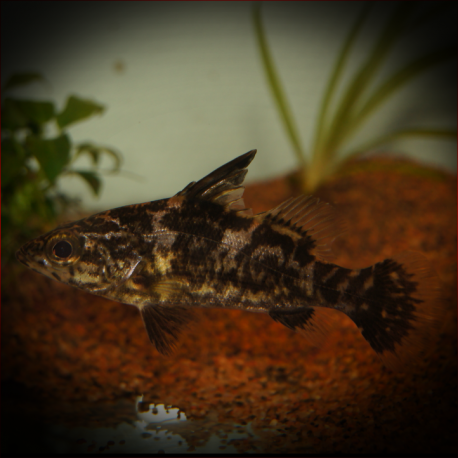More info
Datasheet
| Minimum Tank Size | 30000 litres / 7925.16 US gallons |
| Maximum Size | 193.0cm / 75.98inches |
| Temperature | 22°C / 71.60°F - 28°C / 82.40°F |
| Hardness | 10-30ºdH |
| pH | 7.0-8.5 |
General Description
The Nile Perch (Lates Niloticus) is a highly piscivorous species that can grow up to 193.0cm in length. It belongs to the Latidae family and is native to Central and Western Africa, thriving in lakes, rivers, and canals. This species can also tolerate brackish conditions and has been successfully introduced into various African water bodies due to its excellent reputation as a table fish.
Aquarium Setup
For housing a Nile Perch in captivity, a minimum tank size of 30000 litres is recommended. The water conditions should ideally have a hardness of 10-30 degrees dH, a pH range of 7.0-8.5, and a temperature between 22-28 degrees Celsius. The setup would require a massive filtration system to manage the substantial biological waste produced by the fish.
Behaviour
The Nile Perch is generally peaceful towards tankmates that it cannot consume due to size limitations. However, finding suitable long-term companions can be challenging. Young specimens have been successfully housed with species such as Cichla, Datnioides, arowana, and large catfish known for their tank-busting tendencies.
Feeding and Diet
This species is highly piscivorous, with juvenile individuals known to accept food like prawns and lancefish. Adult Nile Perch require large quantities of whole fish such as trout to maintain their diet. Feeding larger specimens should be done cautiously due to their aggressive feeding behavior.
Reproduction & Dimorphism
Reproduction of the Nile Perch in aquarium settings is considered virtually impossible. Sexual dimorphism in this species is not well-documented, and distinguishing between male and female individuals is challenging.
Habitat and Distribution
Nile Perch are widespread throughout Central and Western Africa, inhabiting major rivers like the Nile, Chad, Senegal, Volta, and Congo. They can also be found in significant lakes such as Lake Victoria and have adapted to saline conditions, as evidenced by their presence in the Egyptian lake of Mariout.

